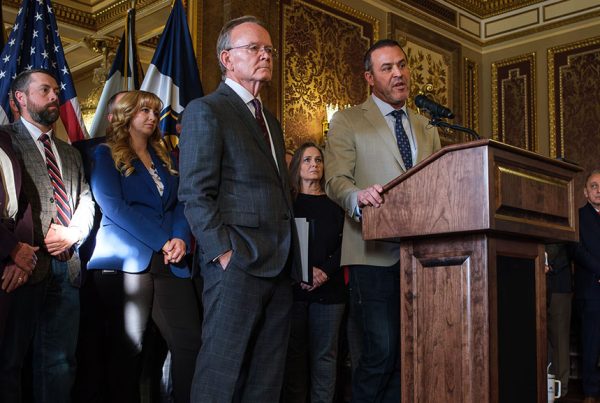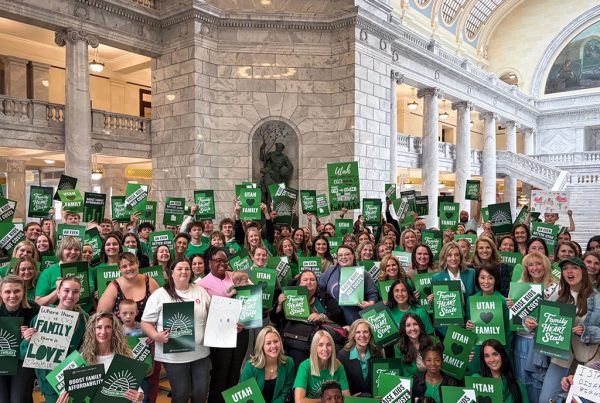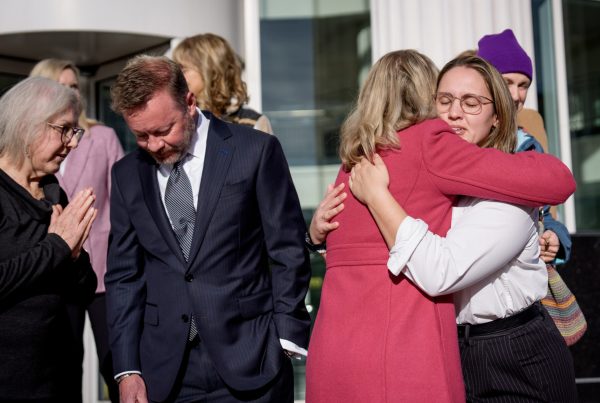
Three items are seemingly ubiquitous in Park City homes: a pair of skis, a bike and a for sale sign out front. The housing market in Park City is booming, a boon for sellers looking to turn a profit. Others, however, are feeling the pinch. The dearth of affordable housing in and around Park City is pushing workers and families further from town and has the community feeling cascading effects. School enrollment is decreasing, traffic clogging the roadways is increasing and help wanted signs hang in local businesses struggling to fill jobs. Local government and non-profits have come to the rescue, but is it too little too late?
“Using the excuse of an Olympics to justify building affordable housing is probably going to result in very expensive and relatively few units being built.”
–Ron Kneebone,
University of Calgary Economics Professor to CBC News in November 2018.
The Olympic Impact
Salt Lake City won the US bid to host the 2030 Winter Olympics, and advocates support converting the Olympic Village developments into affordable housing after the event. It’s an admirable goal but similar proposals have fallen far short of expectations. Vancouver and Calgary both sought to use Olympic development to confront growing housing shortages, with limited, if any, success.
2010 Vancouver:
The Proposal:
252 affordable housing units in Vancouver
The Reality:
135 affordable housing units in Railyard Housing Co-op in Olympic Village
The Aftermath:
Cost overruns led to remaining units being sold as luxury developments to Vancouver Canucks Owner Francesco Aquilini for $91 million2026 Calgary (Proposed)
The Proposal:
2,800 affordable housing units in Calgary
The Reality:
Financial negotiations for the games stalled, housing budget was slashed more than 20% and proposed affordable units were reduced to 1,800
The Aftermath:
Bid ultimately withdrawn in November 2018 and entire plan scrapped
“It’s not a new problem,” says Scott Loomis, Executive Director of Mountainlands Community Housing Trust (MCHT), a non-profit organization addressing housing availability and affordability. “Recently it’s caught on as a high-priority issue, but there’s no magic bullet. All we can do is a little here and a little there.” Housing prices in Park City and Snyderville Basin have been steadily climbing since economic recovery began in 2009, and metrics from the past year show a continuation of the trend. The median sales price for a single family home within Park City limits was $1.95 million in 2018, compelling more buyers to purchase in Snyderville Basin, where the median sales price skyrocketed 22 percent to $1.2 million.
“The number of transactions is down 10 percent, but dollar volume is still rising,” says Erik Asarian, an associate broker at Keller Williams in Park City. “In the lower price bands it’s becoming increasingly easy to sell, but even harder to buy. The inventory isn’t there, half of the market is cash buyers, and families are having difficulty finding homes in their budget.” The trend is inextricably linked to declining enrollment in the Park City School District. Enrollment dropped nearly one percent this year—the incoming kindergarten class has 266 students compared with an outgoing senior class of 398—following the inverse pattern as home prices increase.
Coupled with nightly rental apps like Airbnb and VRBO, rising housing costs are also contributing to bloated rental prices in the area. Even with Park City property tax incentives—in which primary residences, including long-term rentals, are taxed at 55 percent of assessed market value—property owners are financially driven to sell high or join the lucrative vacation-rental market.
As a result, the available workforce living in Park City is being outpaced by business growth, leading to an employment shortage. This exacerbates local traffic congestion and parking issues as 14,000 vehicles a day flood the town. Simply put, the people who make the community run have no home there. Rising construction costs—including materials and labor—have further stymied affordable housing development. “We’re challenged to get layers of funds supplemented by tax credits and, in some cases, donated lands, to make our developments viable,” says Loomis. “It’s an uphill battle, but we’re working to make more available than there has been in a long time.”
Perhaps this is the grim reality of a tourist-driven destination, but it’s not stopping people from trying. “Only 15 percent of the workforce lives in Park City, and our realistic goal is to maintain that,” explains Jason Glidden, Housing Development Manager for Park City. “We have a goal of 800 affordable units by 2026, and 150 by 2021. Half will be done by the city directly and half through other means. It’s unusual to see a municipality become a developer, but we saw a need to jump in.”
Subscribers can see more. Sign up and you’ll be included in our membership program and get access to exclusive deals, premium content and more. Get the magazine, get the deals, get the best of life in Utah!







